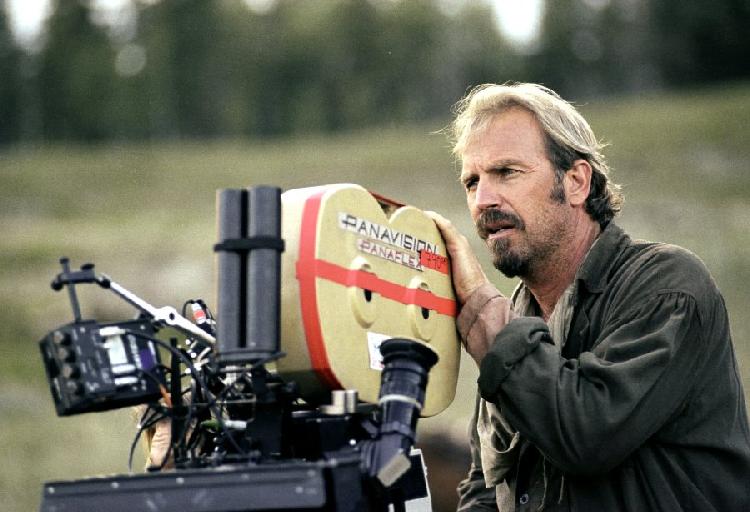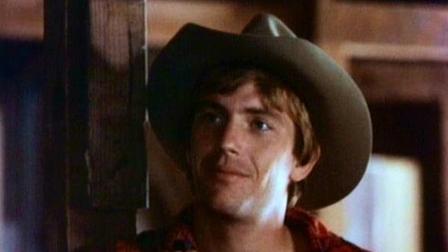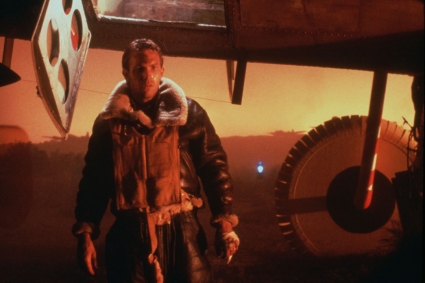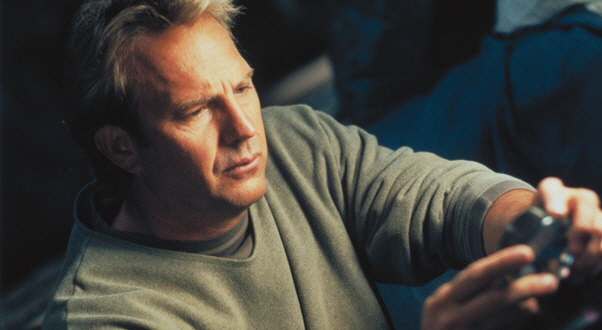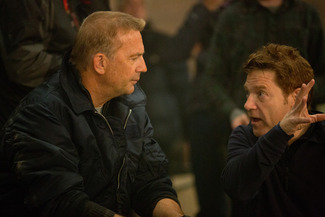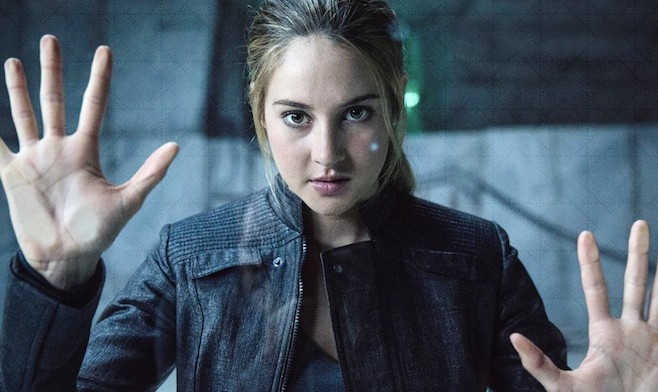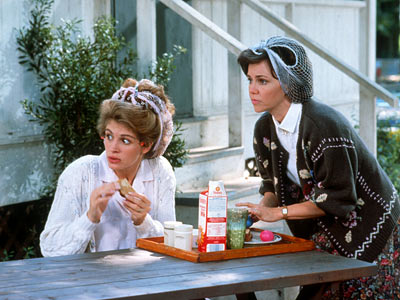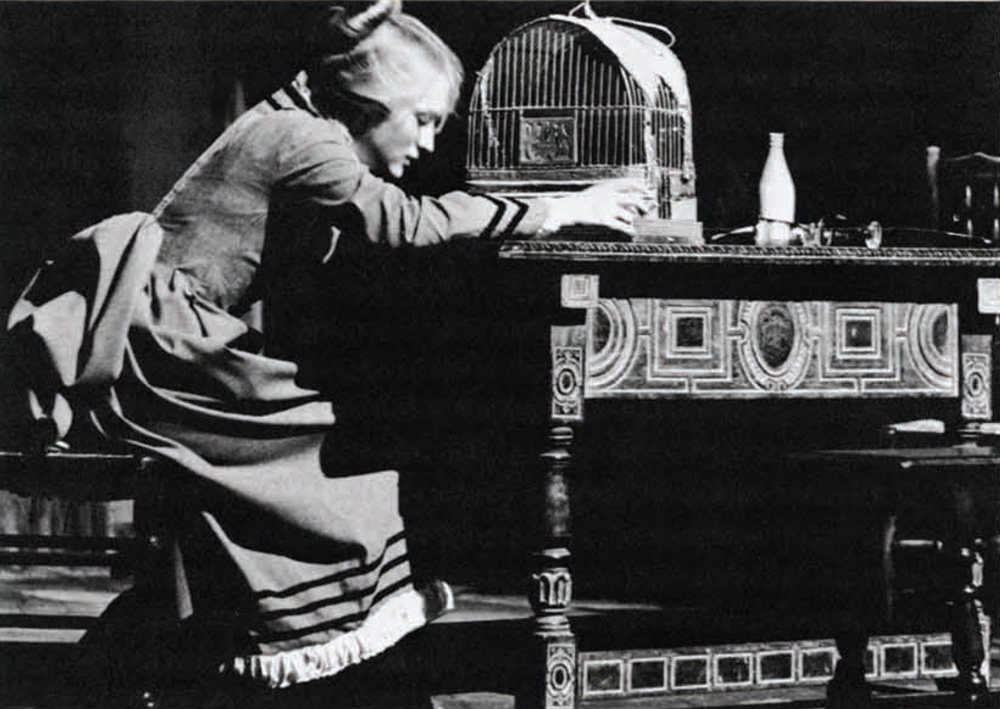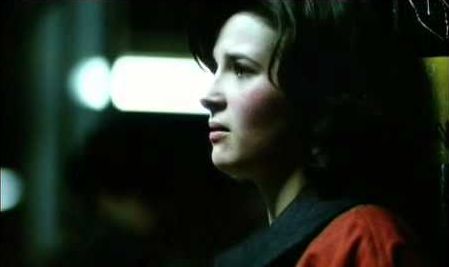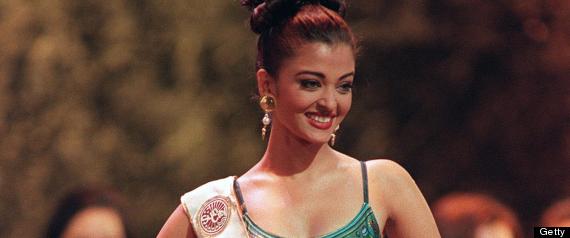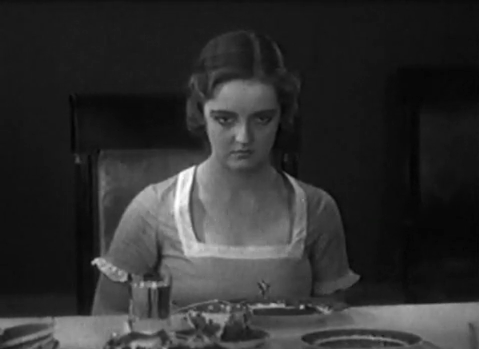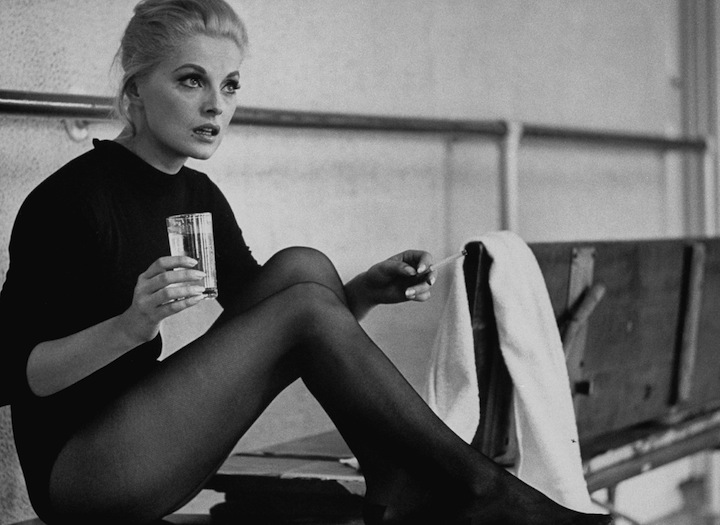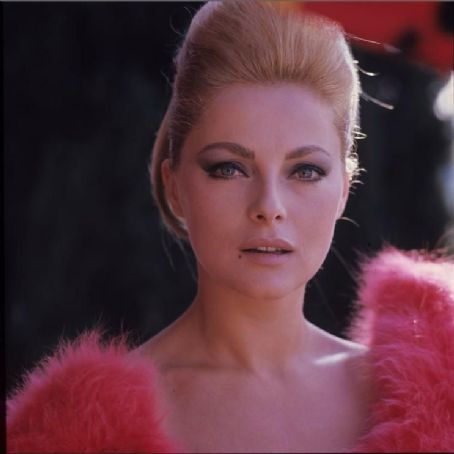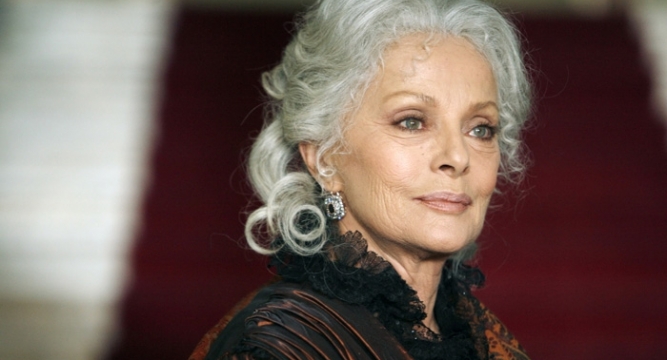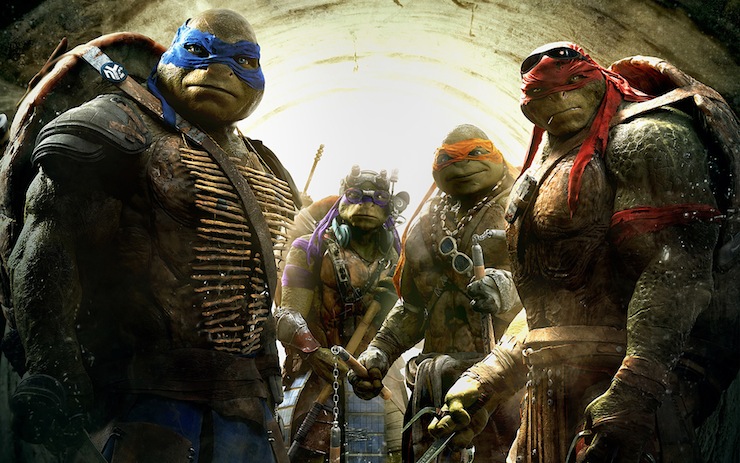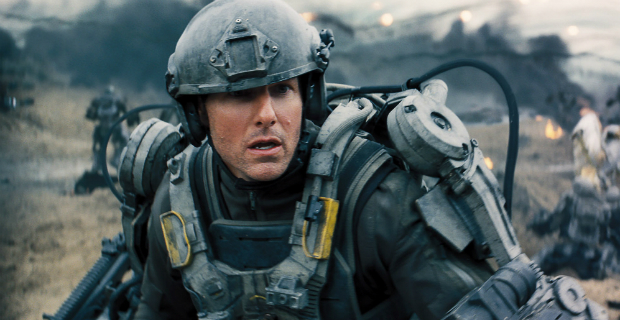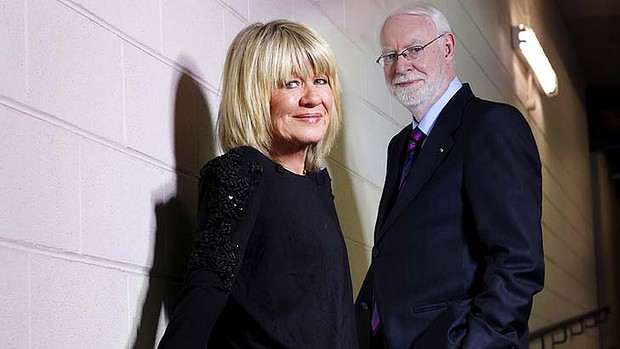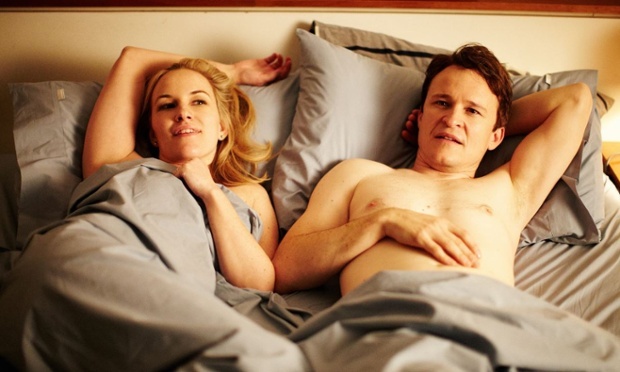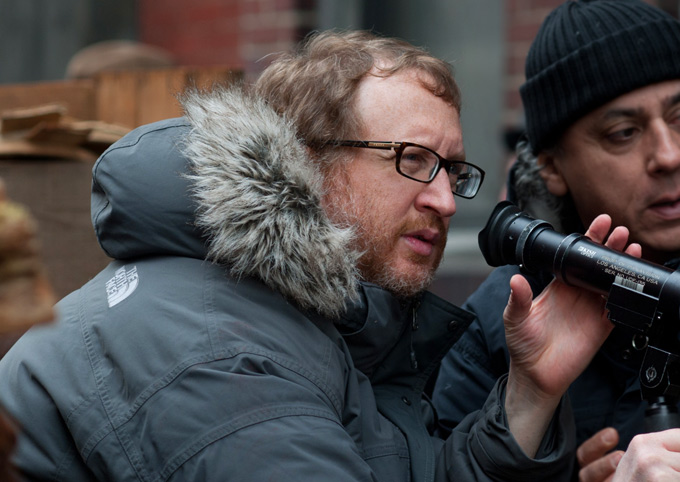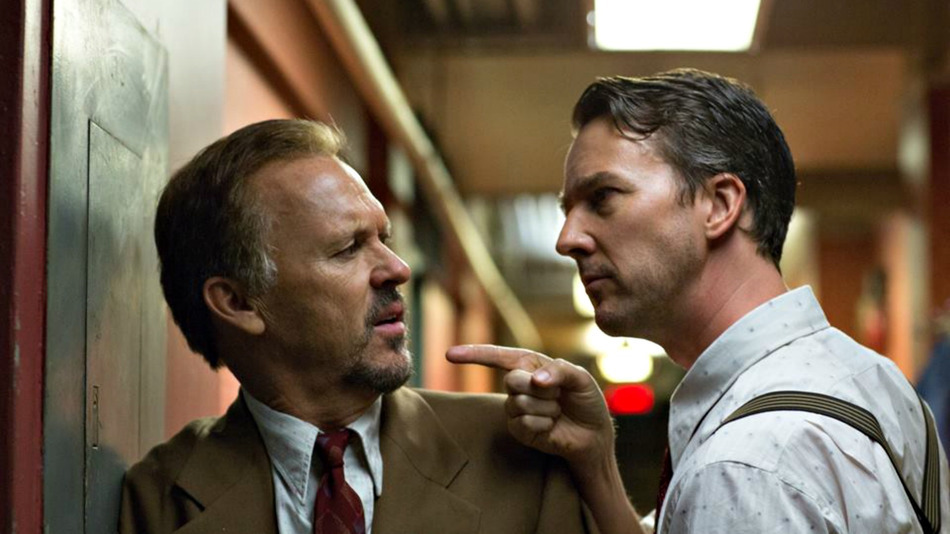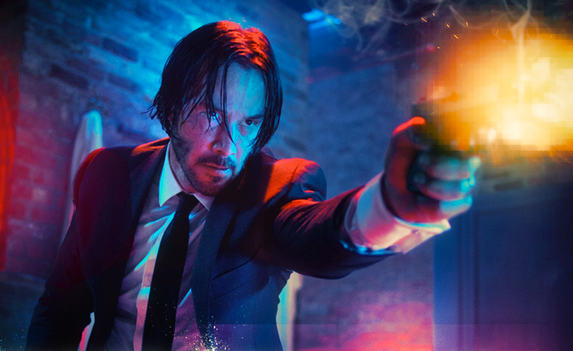For the peak 2013 Christmas holiday movie-going season, 20th Century Fox has gambled on a new adaptation of James Thurber’s short story, The Secret Life of Walter Mitty. Having debuted as an article in New Yorker magazine in 1939, the story of the daydreamer with a heart of gold was most famously adapted into Norman McLeod’s 1947 classic, starring Danny Kaye (pictured, below; with co-star, Virginia Mayo). But its modern retelling has bounced around within the Hollywood studio system for nearly three decades. SCREEN-SPACE takes a look at its troubled production history…

The property was adapted into various stage versions throughout the 1960’s and featured in the 1972 cult fantasy, Scarecrow in the Garden of Cucumber (with David Margulies in the role). But it would not be until 1994, when Samuel Goldwyn Jr, son of the legendary producer of the 1947 film, reignited interest in the Water Mitty story as a vehicle for the red-hot star of Ace Ventura Pet Detective, Jim Carrey. Imbued with a modern spin and leading man potential, the story of the innocent dreamer took on a new Hollywood life.
Goldwyn Jr had launched Carrey’s leading man career in the vampire comedy, Once Bitten, and wanted to mould the actor into the Mitty role. The industry’s most respected comedy writing team, Lowell Ganz and Babaloo Mandel (Splash, Vibes, Parenthood) were hired for the project and their longtime collaborator, Ron Howard, with his production company giant Imagine Entertainment in tow, became attached. But contemporising the story proved a sticking point.
 Carrey (pictured, left) was determined to headline, at one point enlisting the director of his breakout hit The Mask, Chuck Russell, with Peter Tolan (Analyze This) working on rewrites. When Russell bailed (just shy of a 2000 production start-date), Carrey sought out Steven Spielberg, who had struck up a friendship with the comedian as producer of Dreamwork’s Lemony Snicket’s A Series of Unfortunate Events. Dreamwork’s distribution partner, Paramount Pictures, was high on the pairing and solidified it as a tentpole project (Goldwyn’s son, John, oversaw the studio’s motion picture group).
Carrey (pictured, left) was determined to headline, at one point enlisting the director of his breakout hit The Mask, Chuck Russell, with Peter Tolan (Analyze This) working on rewrites. When Russell bailed (just shy of a 2000 production start-date), Carrey sought out Steven Spielberg, who had struck up a friendship with the comedian as producer of Dreamwork’s Lemony Snicket’s A Series of Unfortunate Events. Dreamwork’s distribution partner, Paramount Pictures, was high on the pairing and solidified it as a tentpole project (Goldwyn’s son, John, oversaw the studio’s motion picture group).
But the project imploded. A series of heated lawsuits between Goldwyn, Dreamworks and co-rights holder New Line Cinema saw the rights revert back to Goldwyn’s camp but by then, the principal players had moved on (Carrey and Spielberg were by then developing Meet the Parents).
 Paramount’s management, backtracking from its December 2005 start date, began repackaging the project for the likes of scripter Richard LaGravenese (The Fisher King; pictured, left), director Mark Waters (Mean Girls) and stars Owen Wilson, Will Ferrel and Scarlett Johansson, but it proved a cumbersome undertaking. The studio ultimately decided that the project was moribund and put it into turnaround (a term that notifies the industry that it’s no longer a goer with the current administration and is up for grabs). The top bidder was 20th Century Fox, who acquired the package in early 2007.
Paramount’s management, backtracking from its December 2005 start date, began repackaging the project for the likes of scripter Richard LaGravenese (The Fisher King; pictured, left), director Mark Waters (Mean Girls) and stars Owen Wilson, Will Ferrel and Scarlett Johansson, but it proved a cumbersome undertaking. The studio ultimately decided that the project was moribund and put it into turnaround (a term that notifies the industry that it’s no longer a goer with the current administration and is up for grabs). The top bidder was 20th Century Fox, who acquired the package in early 2007.
Despite the troubled history of the project, talent circled. Screenwriters Zach Helm (Stranger Than Fiction) and TV veteran Jay Kogen (The Simpsons) took on months of rewrite duties (Kogen’s version found favour with Mike Myers management, leading Myers to undertake a full rewrite that was ultimately disregarded). In April 2010, 20th Century Fox structured …Walter Mitty as a follow-up vehicle for Sacha Baron Cohen in the wake of the studio’s hugely successful pick-up of Borat. It was announced Pirates of the Caribbean director Gore Verbinski would direct the umpteenth version of the script, this one penned by The Pursuit of Happyness author, Steven Conrad (Verbinsk’s preferred leading man, Johnny Depp, was offered the part, but both departed for Disney’s The Lone Ranger).
 It would fall to 20th Century Fox’s ‘golden boy’, Ben Stiller, star of the studio’s cash-cows There’s Something About Mary and the Night at the Museum films, to recapture the magic of Thurber’s short story. Industry buzz is still out on how successful Stiller has been with the tent-pole release (at time of press, it stands at 36% on the Rotten Tomatoes site). Worryingly, the Internet is littered with images of scenes that were cut from the final cut, including Stiller and co-star Kristen Wiig in old-age make-up and Wiig as a NYC policewoman; co-star Josh Charles, having shot scenes as Wiig’s romantic interest, has been excised from the film entirely.
It would fall to 20th Century Fox’s ‘golden boy’, Ben Stiller, star of the studio’s cash-cows There’s Something About Mary and the Night at the Museum films, to recapture the magic of Thurber’s short story. Industry buzz is still out on how successful Stiller has been with the tent-pole release (at time of press, it stands at 36% on the Rotten Tomatoes site). Worryingly, the Internet is littered with images of scenes that were cut from the final cut, including Stiller and co-star Kristen Wiig in old-age make-up and Wiig as a NYC policewoman; co-star Josh Charles, having shot scenes as Wiig’s romantic interest, has been excised from the film entirely.
Only time will tell if Samuel Goldwyn Jr.’s (pictured, right) passion to get his long-overdue reworking of Thurber’s story to the screen for the second time will honour his father’s vision.
Read the SCREEN-SPACE review of The Secret Life of Walter Mitty here.








